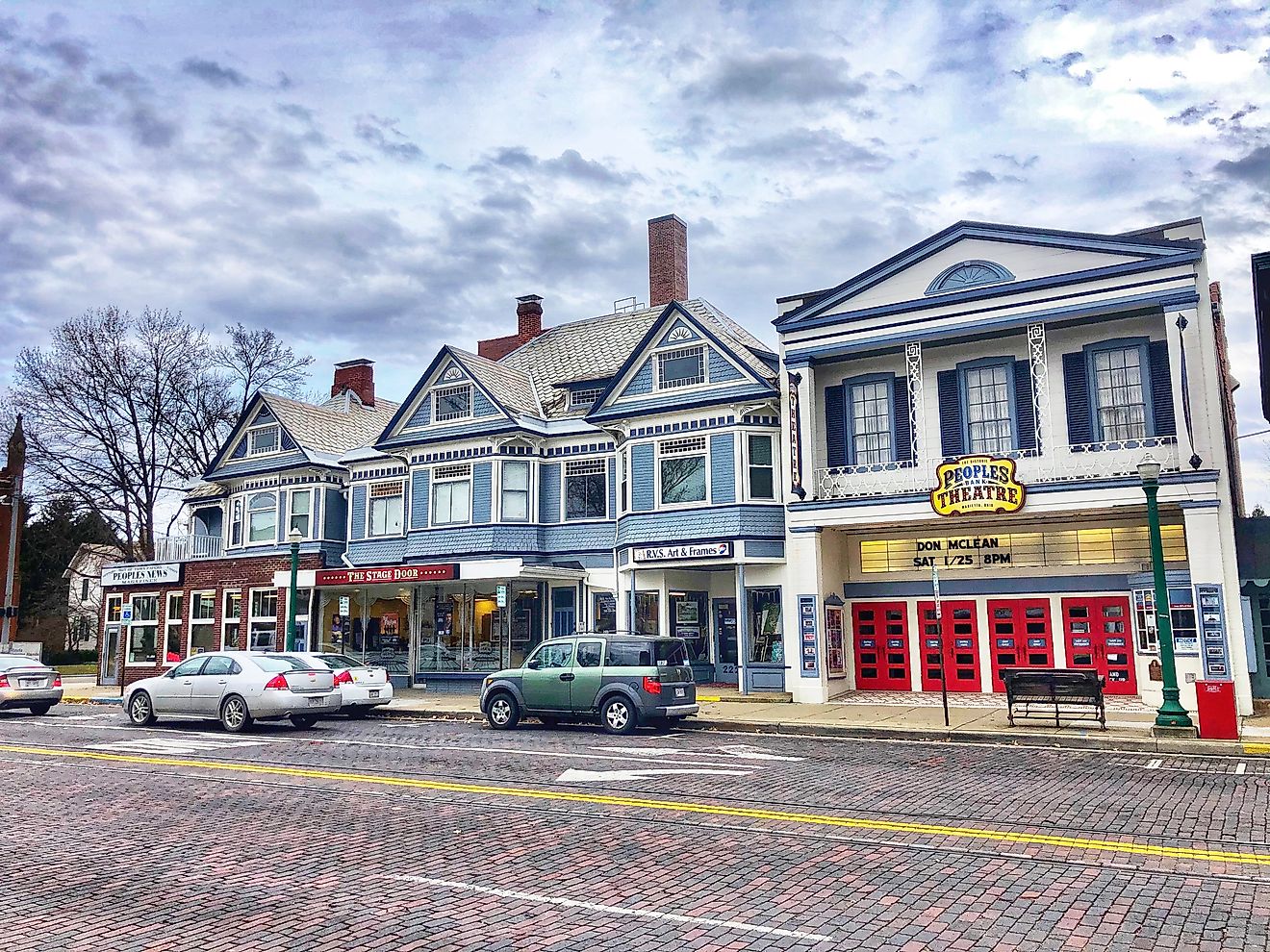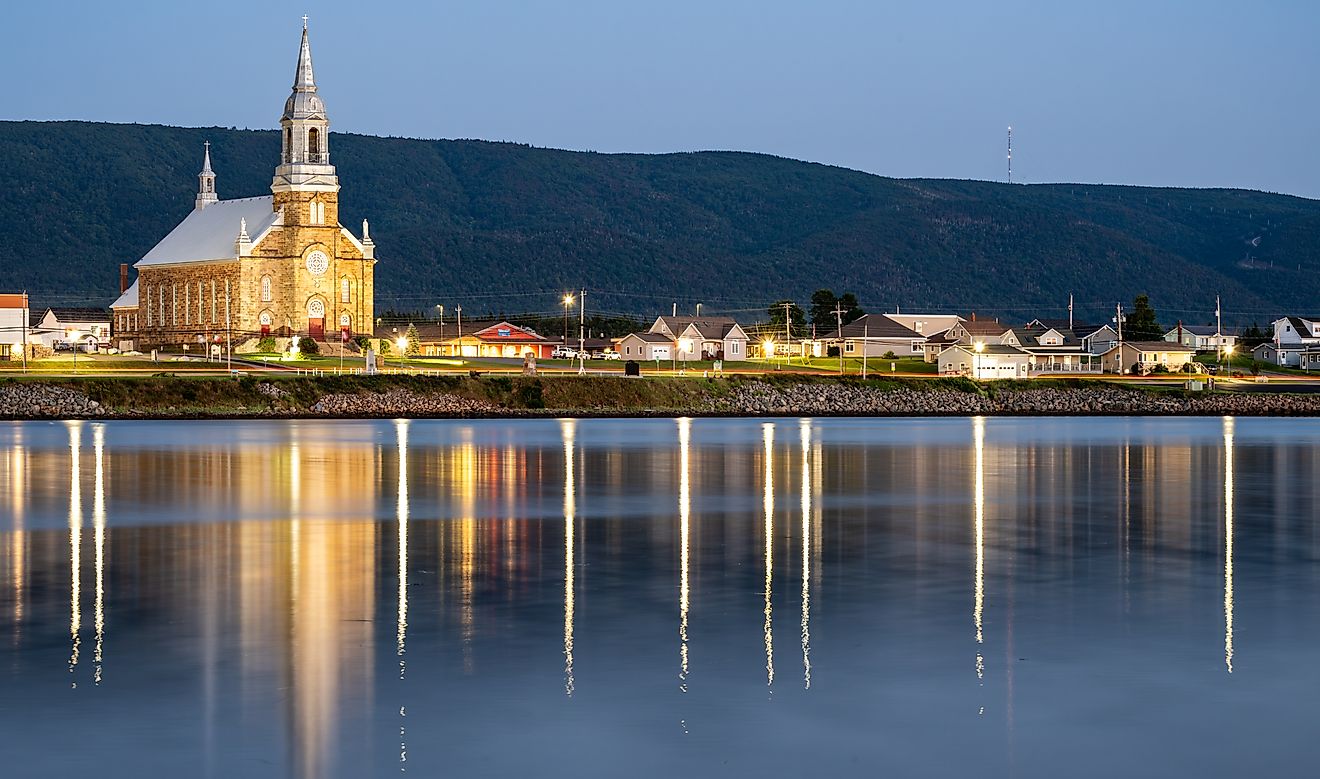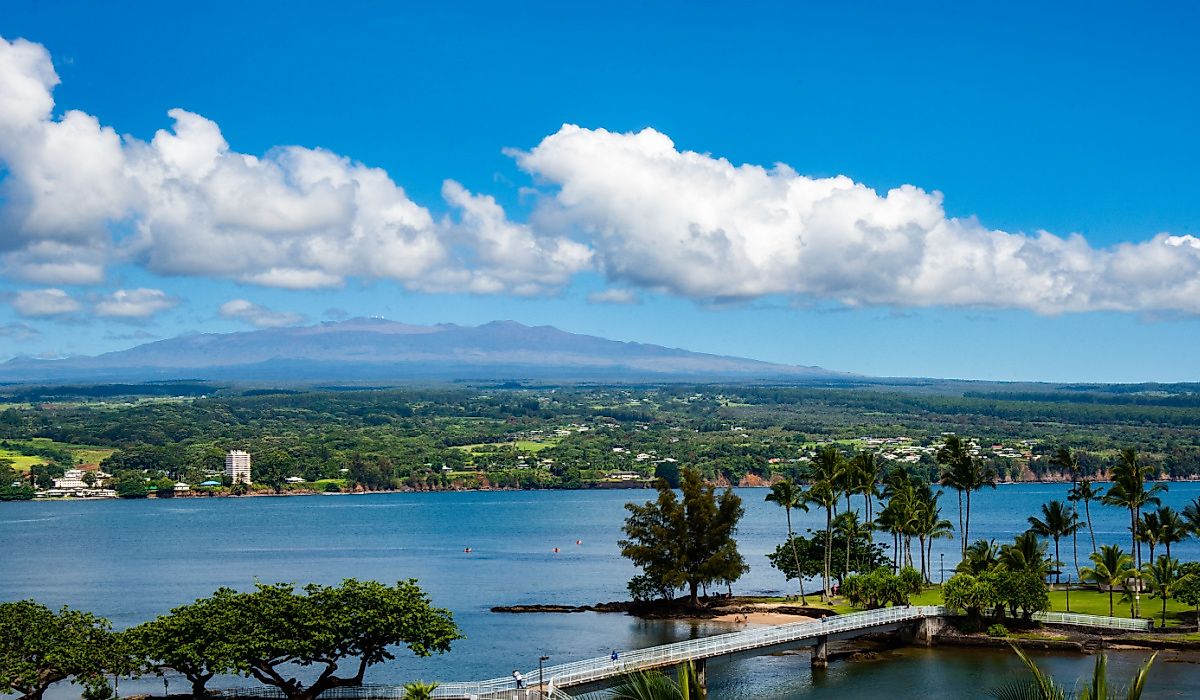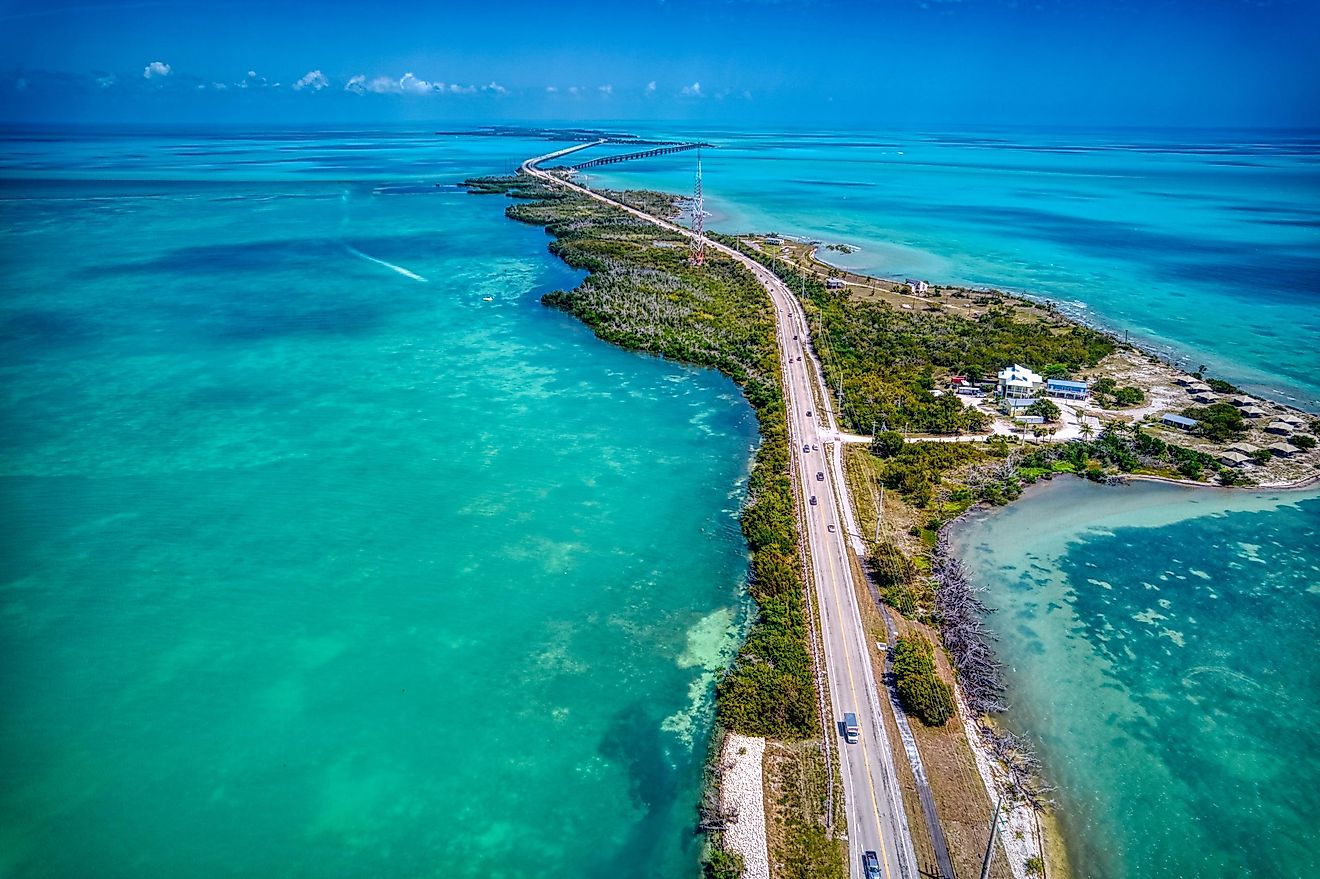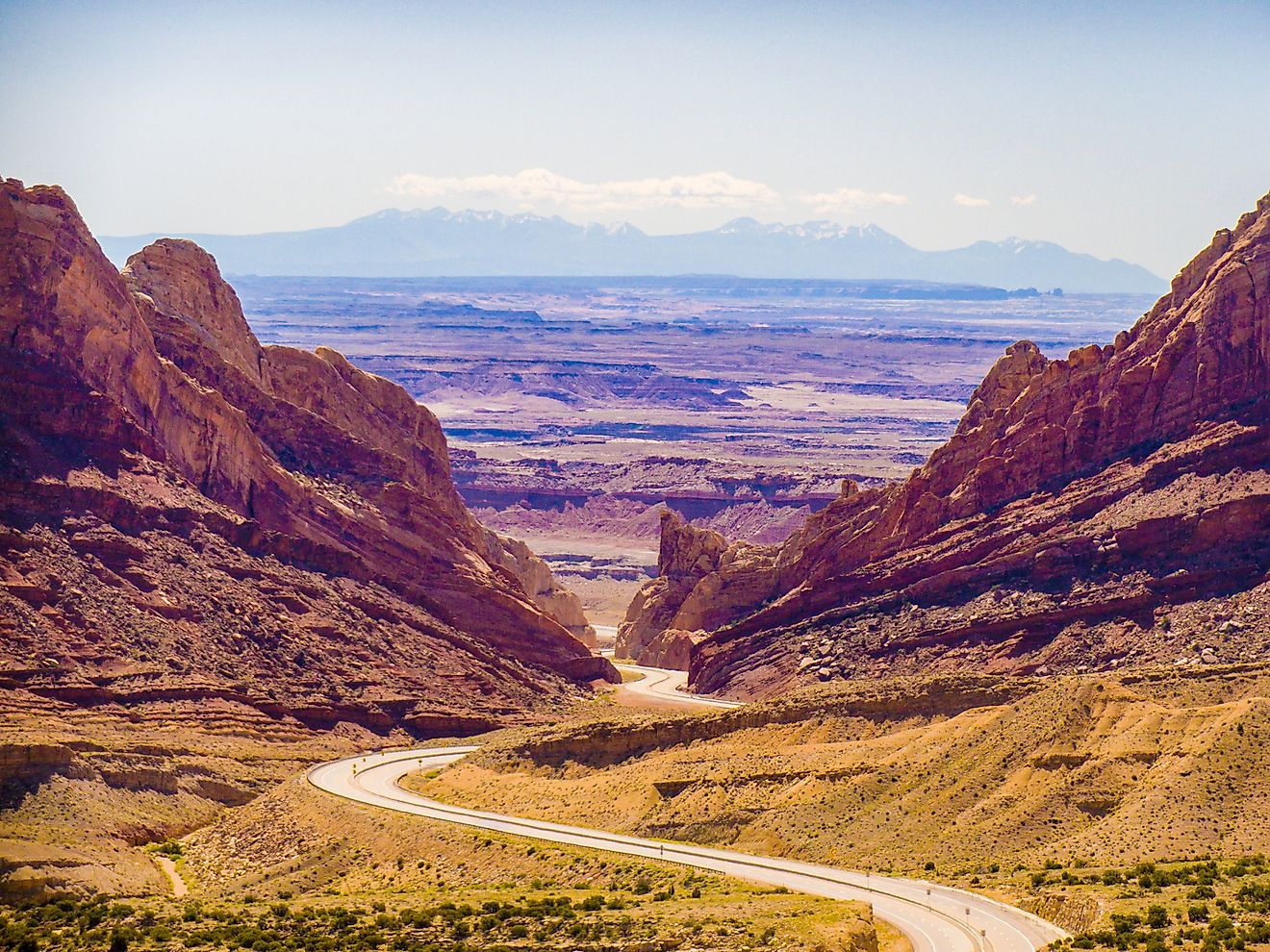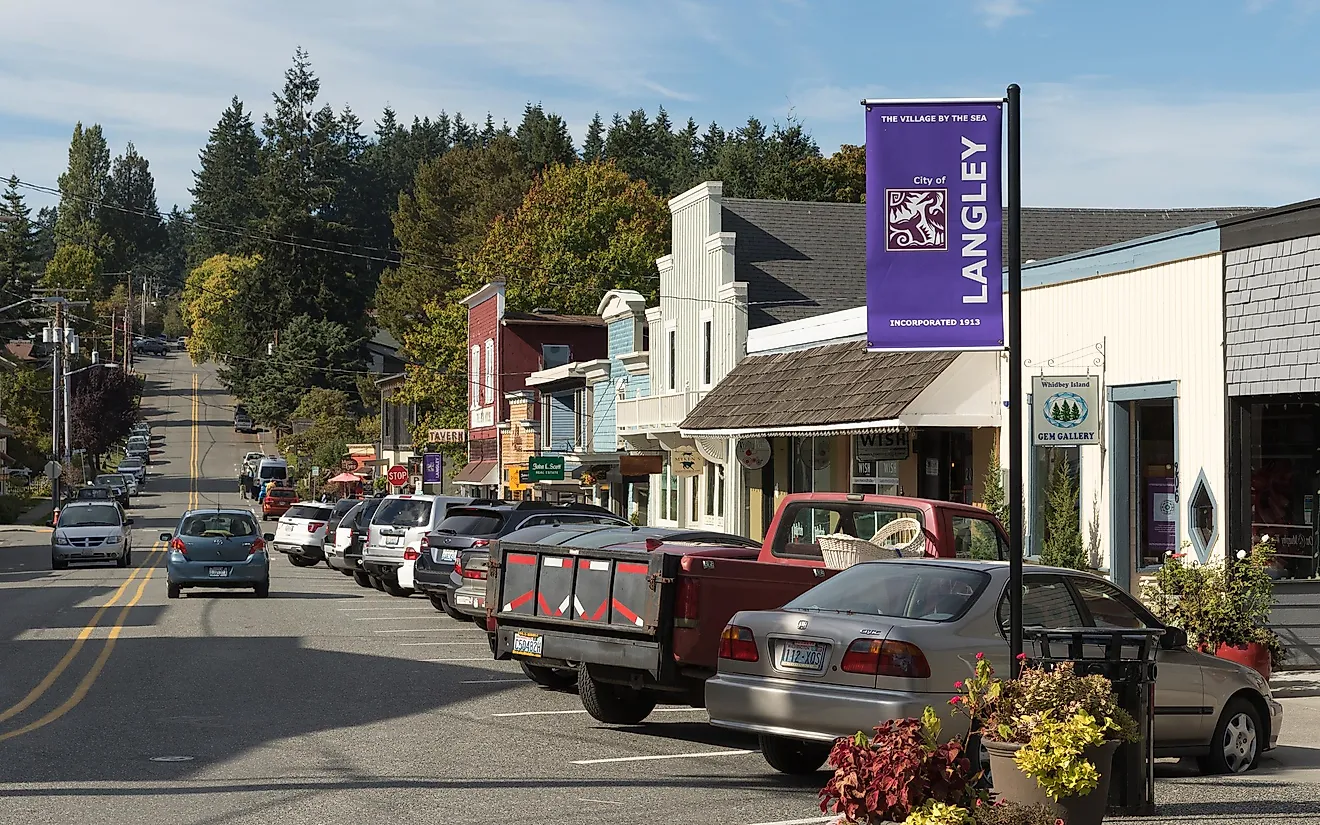What and Where Is Bandelier National Monument?
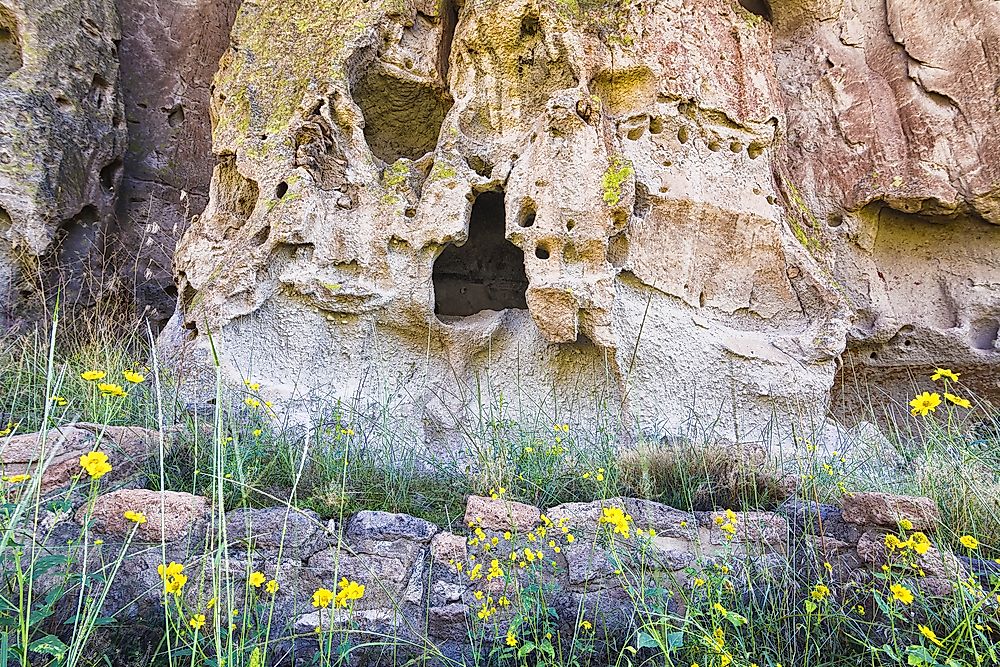
Bandelier National Monument spans across 33,000 acres of land in New Mexico, the United States. The site is found in Sandoval and Los Alamos counties. It is evidence of the ancient civilization of the ancestral Puebloans. The monument ruins date between two distinct eras of between 1150 and 1600. The archaeological site and its wilderness is located along the Rio Grande occupying an area of about 137 square kilometers. The Bandelier National Monument is administered by the National Park Service. It was founded in 1916 and is named after the Swiss American archaeologist Adolph Bandelier who began the study of the region in the 1880s.
Description
Bandelier National Monument has 23,000 acres of wilderness. This preserves the surrounding natural habitat and biodiversity. The site was formed after volcanic eruptions of the Jimenez volcano. The 33,000-acre monument is not only associated with the ancestral origins of the Pueblo people but also a spiritual destination for most Native Americans and New Mexicans. The site still contains many unexcavated sites as well as hundreds of petroglyphs and pictographs. The Frijoles Canyon contains rock paintings and petroglyphs and kivas. The main loop trail leads to all the features of the monument and extends to Alcove where hikers can enter through a ladder.
Habitat
The monument is found on the southern end of a plateau formed about 1.6 million years ago. The site has a unique range of habitats that are localized to northern New Mexico. The diverse plant and animal life together with access to water influenced the early settlement of ancient Pueblo people. The park is surrounded by Piñon-Juniper woodlands that occupy the southern side, gradually transitioning to pine savannahs and finally to the mixed conifer forests.
Uniqueness
Bandelier National Monument contains evidence of human presence from over 11,000 years ago, encapsulated in the canyons, cliffs and cave dwellings found on site. The soft rock cliffs enabled the ancient Pueblo people to carve dwellings. Additionally, the surviving masonry walls indicate the early days of culture and civilization and continue to survive to date.
Tourism
Bandelier National Monument is a popular destination for tourists who marvel at the ancient settlements and lifestyle. Various points of interest include the kiva (man-made ceremonial chambers), Frijoles canyon and Alcove house. More interesting activities in the park include camping and hiking. Bandelier also includes over 70 miles of trail ranging from easy footpaths to the more challenging ones. The Juniper campground has about 57 campsites which can host about 70 families. The Ponderosa campground can host about 50 families.
Threats
The biggest threat to the Bandelier National Monument has been fire and post-fire flooding. In 2011, the monument survived a fire that had posed danger to the highest concentration of prehistoric cultural sites. A second threat included a post-fire flooding that resulted in the deposition of ash, charred debris, and sediments that covered the core of the monument. Global warming and climate change continue to alter the chemical composition of the canyon walls and the surrounding plant and animal life diversity in the monument’s habitat.






